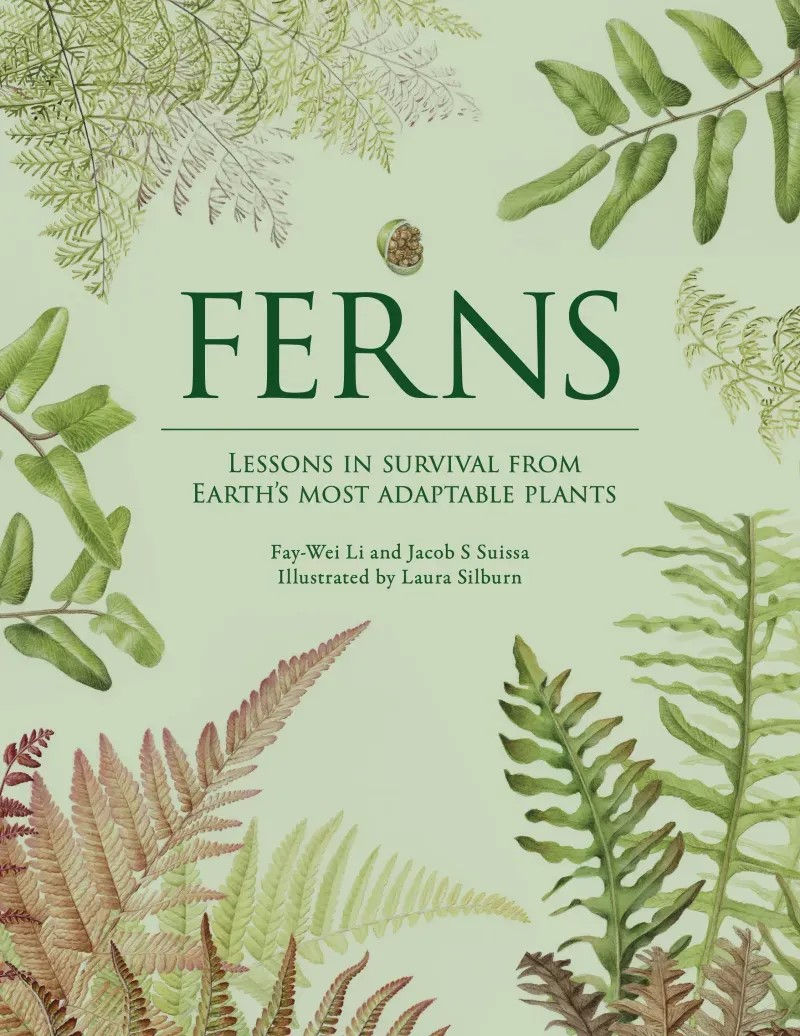Wildflowers by Chris Thorogood
- elanorwexler
- Jun 15
- 4 min read
What makes this book different from other books on the subject is that Chris shares his passions for botany and plant hunting by featuring wildflowers on a global scale. Beginning by asking "What is a wildflower?" Chris takes us on a whirlwind tour to discover how they evolved, interact with other organisms and are classified before showing us where to find different types of plant, how various wildflowers have been used by humans and outlining how to identify them.
Review by Dr Pam Taylor, botanist, botanical artist and ABA Committee and Education Team member.

Wildflowers by Chris Thorogood is full of interesting facts about wild plants. It amazes me just how much information the author can pack into a small space. Every chapter is divided into topics which, including illustrations, frequently occupy a mere double page spread! This makes the book accessible to people new to the subject, but Chris’ amazing knowledge means that the book is full of facts to keep those with more experience of looking at plants intrigued.
The illustrations, by Dan Crisp, Jessica Zip and Stuart Jackson Carter, include colour images of wildflowers and some fascinating ink studies of life cycles and interactions between plants and other organisms. Unfortunately the choice of tinted paper for the book compromises both the colour reproduction and clarity of many of the images.

The way the book is divided into chapters with titles that lead us on means that we are taken on a voyage of discovery about some quite extraordinary wildflowers. Chapter I, entitled Discover, sets the scene about how flowering plants evolved from the earliest forms of life in water. Then Chapter II, Live, introduces the botany of flowering plants, which makes them so successful including some of the surprising ways in which their seeds are dispersed. I particularly liked the illustration of squirting cucumbers on p 50.
That plants do not exist in isolation but compete and interact with the flora and other organisms around them is evident throughout the book. In Chapter III (Interact) there are some amazing and frankly bizarre examples of mimicry - who would have thought a plant could mimic the form and smell of a toadstool? (p 78). A feature that I particularly admire is the amount of information that is conveyed in some of the line drawings and life cycles, such as the one depicting the life cycle of the fig and wasp.

When I first looked at the book I was surprised to find that it is only when we reach Chapter IV that classification is discussed. But then I realised that because we are on a voyage of discovery it is important that the huge diversity of flowering plants was explored first so that we can understand the need to classify. With over 600 families of flowering plant to choose from a book such as this can only include a very limited number, in fact just seventeen!

These are an eclectic mix from all over the world, and those featured reflect the plants that Chris has encountered in his research and travels around the world. When the family has a worldwide distribution the three to four examples reflect this, for example the Aroids (Araceae) and I was delighted to discover that the mouse-tail plant (Arisarum proboscideum), which my mother had in the garden, is featured. Other families included are confined to a single continent, but the variety of families chosen does give a good representation of how diverse wildflowers are worldwide. Chris’ research interests probably mean that there is an over concentration of carnivorous and parasitic plant families, but this also enables the book to bring some of the world’s most extraordinary and captivating plants to a wider audience.
Walk for the title of Chapter V, which takes us on a tour of the diverse places and habitats in which wildflowers grow, is a reminder that walking is the only way to see the plants in their natural habitat close up. From forests to mountains, sand dunes, rivers, grasslands and even volcanoes we are shown how diverse wildflowers are. I particularly enjoyed finding out about the tiny, ghost pipe, and loved the illustration of this pale diminutive plant which does work well on the tinted paper!
After considering the threats to wildflowers and the important role herbaria play, Chapter VII highlights the key characteristics used to identify flowers and how to use keys. At the end of the chapter there are some very useful pages of illustrations showing leaf surfaces and flower forms as well as a section on how to identify grasses.

The final chapters are about the uses of wild plants. Beginning with herbal medicine Chris goes on to explore some of the surprising ways wildflowers are used today and may help us towards a more sustainable future, including the importance of wildflowers for increasing biodiversity.
The book concludes with a handy glossary of the botanical terms, as well as further reading and resources.
Author Biography
Dr "Chris Thorogood is a botanist and lecturer at the University of Oxford, where he holds the position of Deputy Director and Head of Science at Oxford Botanic Garden and Arboretum, and a Visiting Professor at the University of the Philippines. His research focuses on the evolution of parasitic and carnivorous plants, taxonomic diversity in biodiversity hotspots around the world, and biomimetics - exploring the potential applications of plants in technology. An author and broadcaster, he makes regular appearances on TV and radio and is also an award-winning botanical illustrator and wildlife artist. Obsessed with plants, he is on a mission to make us see them differently, and realize how we, they, and our planet, are all connected." https://www.penguin.co.uk/authors/296969/dr-chris-thorogood?tab=penguin-biography
To purchase this book: Wildflowers is published by Dorling Kindersley and is available widely online and in bookshops. Wildflowers | DK UK



